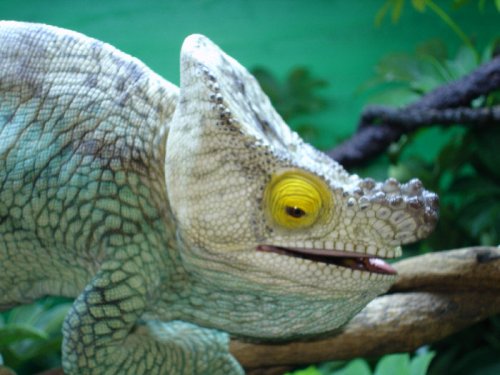reyesjoshuacruz
Established Member
outside of the source of the animals ( which of course is not legal due to the ban, which also ensured the long term slow in comparrison trickle of poached animals compared to when they werent banned)
outside of the source of the animals, funding and legal issues, you have the animals, and man trying to learn how to successfully breed the animal.
the end result is the same
no one can argue the captive care of these animals isnt still in its infancy. There are things to be learned, there will always be.
but hey lets wait till the animals almost extinct before we trying to learn how to breed them. insted of farming and one day producing an alternative to WC that would ultimately satisfy all but the poachers........
outside of the source of the animals, funding and legal issues, you have the animals, and man trying to learn how to successfully breed the animal.
the end result is the same
no one can argue the captive care of these animals isnt still in its infancy. There are things to be learned, there will always be.
but hey lets wait till the animals almost extinct before we trying to learn how to breed them. insted of farming and one day producing an alternative to WC that would ultimately satisfy all but the poachers........





